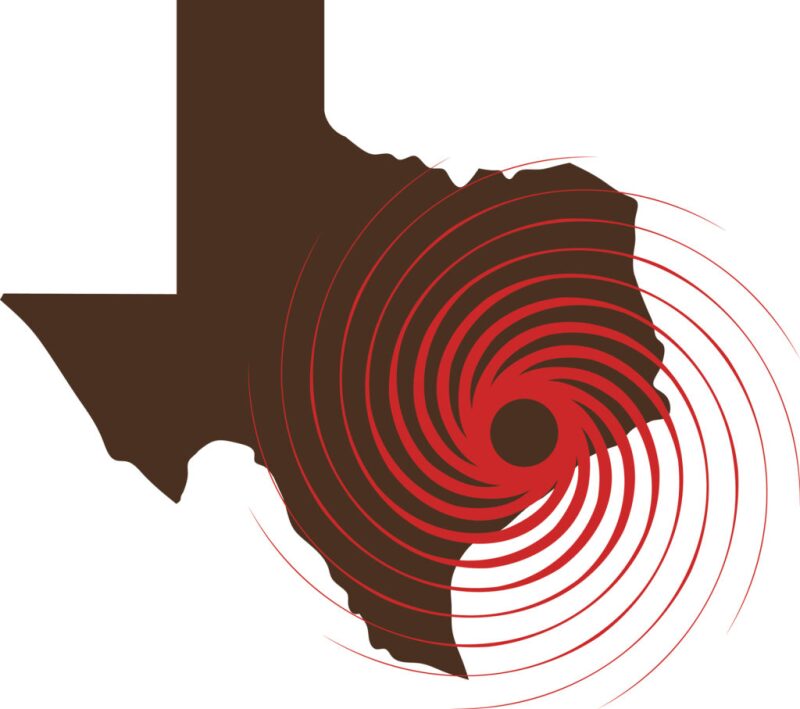Organizational resilience is an enterprise’s capability to respond rapidly to unforeseen challenges, even chaotic disruption. It is the ability to bounce back with speed and effectiveness. Much organizational resilience literature focuses on crisis management, specifically the ability of organizations to rebound after chaos or in response to change and transition. Two types of organizational resilience have been described—inherent and adaptive resilience. Inherent resilience refers to dealing with routine challenges that organizations face, while adaptive resilience describes the response to crisis. Adaptive resilience can also be bolstered by inherent resilience.
This paper describes how inherent and adaptive resilience were addressed in the response of a corporate medical department in a multinational oil and gas company to Hurricane Harvey, which hit the Houston area in August 2017. Additionally, it explores the value of resilience at the individual and organizational level in creating effective organizational cultures and examines leadership behaviors that can support organizational resilience. The paper presents a case study describing the role of occupational health and wellness programs in supporting Houston operations before, during, and after Hurricane Harvey. To provide contextual information, interviews were also conducted to understand the perceptions of senior leaders about the importance of organizational resilience for their organizations.
Corporate medical teams participate routinely in emergency-response and crisis-management efforts. In addition to addressing medical and occupational health issues, health and wellness teams provide psychosocial and wellbeing support. Hurricane Harvey demonstrated the comprehensive nature of the adaptive response of a multinational oil company. Inherent resilience supports are routinely provided through individual, team, and leadership resources, and campaigns have been designed to provide peer-to-peer awareness. Insights into the organizational culture were provided through interviews with organizational leaders. Strong leadership was identified as necessary for dealing with the unexpected and the ability to respond to change effectively. Organizational resilience was derived from organizational learning—with learning from normal work allowing organizations a chance to focus on proactively preparing for chaos.
Employee wellbeing and engagement have been identified as core elements of building inherent resilience. Both elements are routinely measured as part of the company’s global employee surveys. Indeed, wellbeing, as measured by employee self-assessment, is a major driver of engagement—a consistent finding in the last three global employee surveys. Organizations that provide employees with emotional-wellbeing resources and remove barriers to resilience provide environments that can promote inherent resilience. Enhancing personal resilience as an important step toward developing organizational resilience may also contribute to the safety culture and safe operations, especially during times of chaos.
Many organizations in the oil and gas industry are focused on high reliability by advocating safety-sensitive cultures that proactively address routine risk and avoid adverse events. Several characteristics of high reliability are borrowed from descriptions of high reliability organizations (HROs). An HRO is an organization that has developed a safety-sensitive culture in order to address inherent risk proactively and avoid adverse events. Industries already on the HRO journey include hospitals, the nuclear Navy, and the National Aeronautics and Space Administration. HROs are characterized by five key principles: preoccupation with failure, sensitivity to operations, reluctance to simplify interpretations, commitment to resilience, and deference to expertise.
Of the HRO pillars, an organization’s commitment to resilience has received much attention post the events of 11 September 2001, primarily in the context of recovery from crises. Commitment to resilience infers that a HRO has structures in place so that problems can be resolved quickly, thereby demonstrating organizational resilience.
Find paper SPE 190639 on the HSE Technical Discipline Page free for a limited time.
Find paper SPE 190639 on OnePetro.

